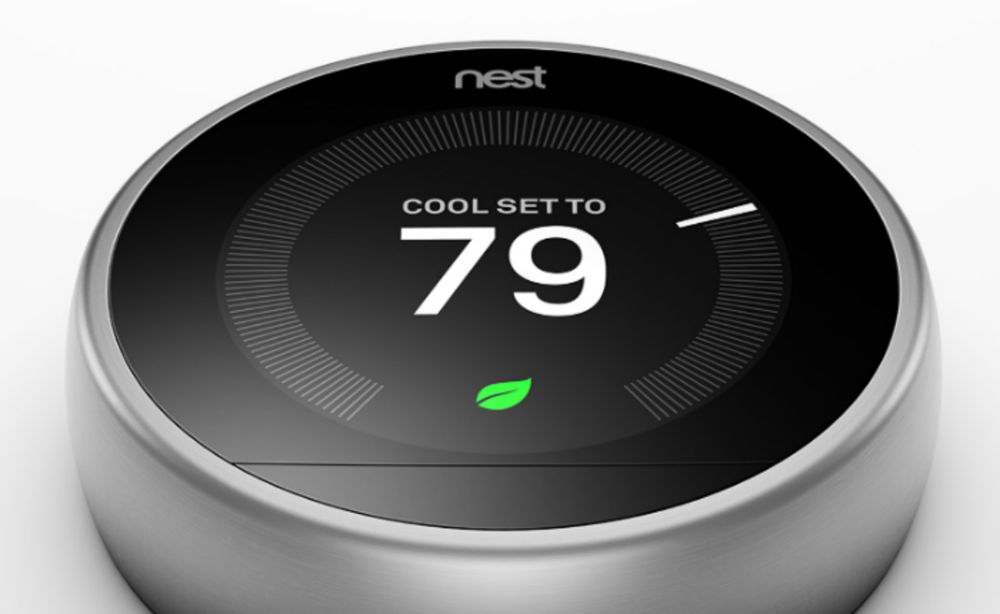I know what the Internet of Things is. Everyone does.
Everyone? Surely not the person who thought “internet of things” was a solid moniker. Still, there’s truth to the notion that the IoT is a fairly well known concept at this point. Whether it is equally well understood is up for debate.
At its core, the Internet of Things is the process and practice of integrating the web and data into the development of hardware and home appliances. IoT often moves in lockstep with wearable technology, and each represents the next phase of the evolution of the internet, and connectivity in general.
In practice, however, the “I” in IoT works more as an intranet than the more nebulous internet; at least it should. More on that later.
Cool, but at the end of the day, it’s a big deal. As a marketer, I should pay attention.
Absolutely. It’s not entirely for nothing that the Internet of Things has grown so popular. IoT technology has maintained prominence at all major technology conferences for years now, including the Consumer Electronics Show (CES). IoT remains a popular focus for tech start ups, and will likely continue to gain traction with general consumers as prices drop and products proliferate. Marketers should never ignore trends that are as prolific as the IoT, especially one so intrinsically steeped in customer data.
I feel like there’s more to this than popularity. What’s the IoT’s real allure for marketers?
In a word, data. Practical use of particular products aside, the IoT is all about data aggregation. Ideally, consumer tech like the popular Nest smart thermometer uses a bevy of data—location, weather, you name it—to dynamically update and tailor its function; adjusting the temperature of a home in the case of Nest.
Imagine the possibilities access to data from a person’s refrigerator or oven can bring. It’s easy to understand marketers’ excitement for the prospect of such new and diverse data. The practical reality where marketers can realistically take action on this data is still a ways off, however.
What? How? I thought the Internet of Things was everywhere.
That’s part of the problem. Everyone is jumping into the Internet of Things—from brands, to consumers, to developers, to distributors, to marketers. The marketing applications of IoT technology are constrained by the same factor that often inhibits users’ experiences with these products, and it’s a familiar adversary for technology-focused marketers: fragmentation.
There are dozens of companies creating IoT products, many of which are using proprietary software that was not designed to play well with external software. Marketers will recall the early days of CRM, and how clunky the integration with third party marketing technology often was. IoT software faces a similar challenge today.
This fragmentation is a major roadblock to the ideal IoT setup—where devices in a home share information and data in a protected, or closed ecosystem that continually learns and adjusts to the user. An intranet, in so many words. It’s difficult to establish a secure intranet environment for connected devices today because many of the companies in the IoT game aren’t exactly known for their software prowess. Even if they were, their product ecosystem pales in comparison to those of Apple or Google, and is far less secure besides.
What does device security have to do with me as a marketer?
Considering that data is a marketer’s primary incentive to delve into the Internet of Things, the security of that data should be of utmost importance to marketers.
Marketers stand to gain unparalleled and unprecedented access to consumers in the place where consumers’ should feel the most secure, their home. While the bigger players in the IoT space—the Apples, Googles, and Oracles of the world—have more experience in securing networks and fostering harmonious systems integration, newcomers in the IoT world remain untested at best, or outright unsafe due to the dearth of encryption in the IoT market. This leaves the IoT ripe for hacking; a trend the Internet of Shit, a popular satirical Twitter account, feels is all but inevitable.
holy shit there’s so much water in here! thank god i had this app! pic.twitter.com/8rRgg2Ndyn
— Internet of Shit (@internetofshit) May 4, 2016
The Internet of Things sounds like a liability…
It certainly can be, but not necessarily any more so than social media, and certainly not more than any other Big Data venture. Again, IoT is all about data. The challenges marketers face here aren’t so different than those they face in any other digital marketing effort that incorporates customer data.
The crucial difference here is that marketers must take a deep dive into the annals of digital hardware technology to better understand where the IoT ship is sailing. Rest assured, it’s a boat marketers want to be on.







